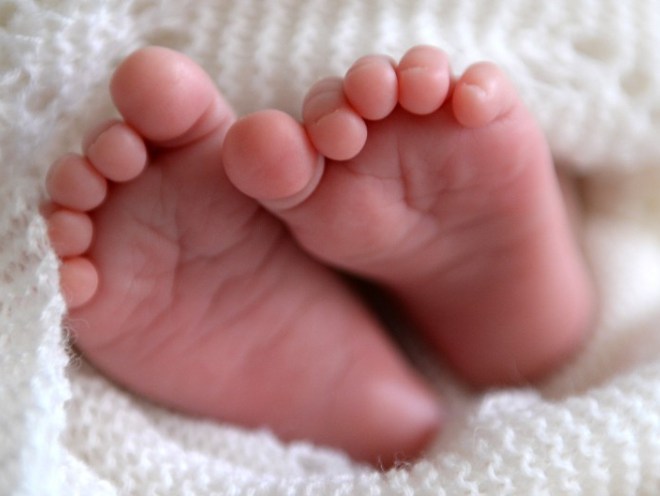NHS Grampian has been named among three Scottish health boards with higher than average rates of stillborn and neonatal deaths.
The north-east health board ranked alongside NHS Ayrshire & Arran and NHS Borders, with mortality rates recorded at 10% above the national average.
The findings come in a new national study by the group MBRRACE-UK (Mother and Babies: Reducing Risk through Audits and Confidential Enquiries across the UK). The group says it found a wide variation in the number of stillbirths and neonatal deaths across the UK in 2014.
MBRRACE-UK reported: “Since women with medical problems during pregnancy are often transferred to units with specialist care, those organisations will have a higher number of very sick mothers and babies to look after and therefore may have higher mortality rates.”
David Field, professor of neonatal medicine at the University of Leicester, and one of the authors of the report, said hospitals needed to carry out proper investigations into each and every death.
He said: “If you look at different trusts, some do it in fantastic detail and some do it in a cursory fashion. In some trusts, it’s done by two people; in others it’s being done by a team by who really pull it apart.
In total, 6339 babies were born at NHS Grampian in 2014, 4.39 per 1000 of which resulted in a stillbirth, 2.22 per 1000 in a neonatal death, and 7.10 per 1000 in an extended perinatal death, where a child died up to 28 days after birth.
In contrast, 12,764 babies were born at NHS Greater Glasgow and Clyde in 2014, 3.54 per 1000 of which ended in a stillbirth, 1.82 per 1000 in a neonatal death, and 5.38 per 1000 in an extended perinatal death.
The figures mean rates in Greater Glasgow and Tayside were more than 10% under the national average, with Scotland performing better overall than other areas of the UK.
A spokeswoman for NHS Grampian said: “We have implemented a number of changes to reduce the number of stillbirths in Grampian. One such change is refreshing the guidance for staff on reduced foetal movement, ensuring that they identify it as a risk factor with a strong association with stillbirths.
“We have also produced a leaflet for prospective a parent which underlines this message to them. Our own local data suggests our numbers are reducing and we expect future reports to bear this out.
“Each and every perinatal death is fully and sensitively investigated for any learning and the findings are shared with parents. It is important to note – as the report does – that the cause of almost half of stillbirths is unknown.
“It should be remembered that babies in the neonatal unit can be many weeks premature and as such very vulnerable. Sadly not all of them will survive, despite the excellent care they receive.”

